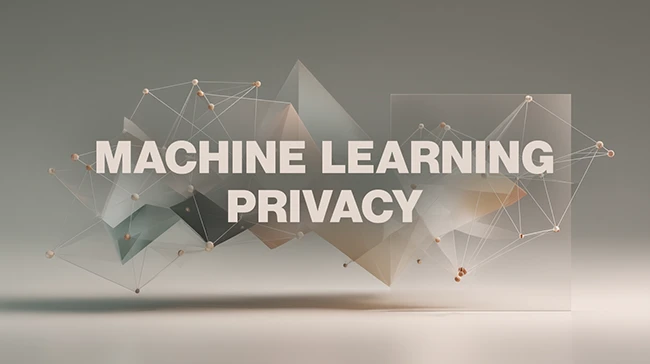New observational auditing framework takes aim at machine learning privacy leaks
Machine learning (ML) privacy concerns continue to surface, as audits show that models can reveal parts of the labels (the user’s choice, expressed preference, or the result of an action) used during training. A new research paper explores a different way to measure this risk, and the authors present findings that may change how companies test their models for leaks.

Why standard audits have been hard to use
Older privacy audits often relied on altering the training data. A common tactic used by researchers was to insert canaries, which were artificial records added to the dataset so testers could see whether the model memorized them. If a canary appeared during testing, it signaled that the model stored information in a way that could leak.
This tactic uncovered privacy issues but created operational problems. Training pipelines have strict rules, and any dataset changes can lead to extra review steps. The study notes that earlier auditing setups brought considerable engineering overhead, which slowed adoption for large systems.
The new observational auditing framework aims to remove that barrier.
“By lowering the complexity of privacy auditing, our approach enables its application in a wider variety of contexts,” said the researchers.
It works without touching the training data, which makes it better suited for pipelines that cannot be adjusted for each test.
How the observational auditing framework works
The observational auditing framework checks whether the model’s behavior reveals which labels came from training and which came from alternate sources.
The trained model does not see the mixed labels. The mixed dataset is given only to the auditor after training. To run the test, the auditor works with two kinds of labels. Some come from the original training process. The others come from a proxy model that produces alternate labels for the same data.
The test works by giving an attacker a mix of these labels. The attacker tries to guess which records kept their training labels. If the model leaks label information, the attacker succeeds more often than chance. Stronger privacy safeguards reduce that signal.
The study notes that the proxy model does not need to match the training labels exactly. It only needs to be close enough that the attacker cannot easily separate the two sources. The paper explains that an earlier checkpoint of the same model can serve as the proxy label source, which avoids extra training steps.
When the attacker finishes, the audit turns the attacker’s score into a privacy measure. This follows the style used in earlier privacy audits, which makes it possible to compare results across different methods.
What the researchers found
The authors tested their audit on two very different datasets. One was a small image collection used in research. The other was a large click dataset gathered across twenty four days. This let the team see whether the method behaved in a steady way across tasks with different shapes and sizes.
Across both datasets, one pattern stood out. When models trained with tighter label privacy settings, the auditor struggled to tell which records kept their original labels. That signaled that the privacy tools were working as intended.
When privacy settings were loose, the auditor’s job became easier. The model held on to label patterns that the privacy settings were meant to limit, and the auditor could pick them up with far more confidence. The gap between tight and loose settings appeared in every test.
The main point is how steady this behavior was across tasks. Tighter settings kept label leakage low in all experiments. Looser settings made it easier for the auditor to detect signals linked to the training labels.
The study also compared this new audit to an older method that needs planted records in the training dataset. Both approaches surfaced the same kinds of privacy issues. The authors present this as evidence that observational auditing can uncover those issues without changing the training data or building extra models.